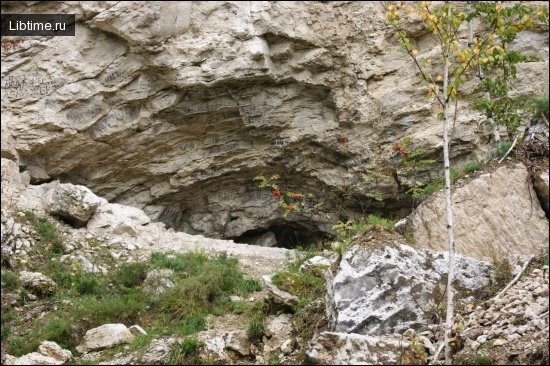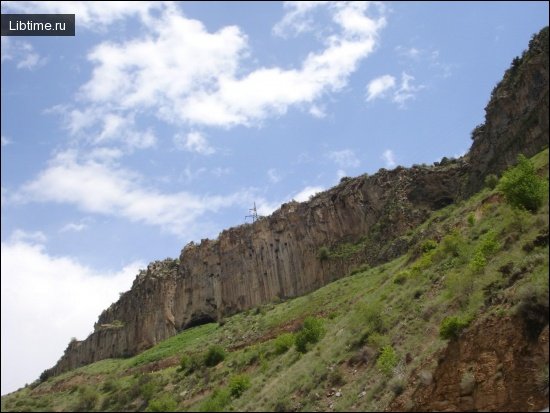The age of the caves
What is the age of karst caves and what signs can be used to judge the beginning of cave formation?
According to L.I. Maruashvili, the beginning of cave formation should be taken as the period of its transition to the natite-sedimentary (water-gallery) stage, because at earlier stages of its development the cave is not yet a cave in the usual sense: it is poorly developed, completely filled with water and completely impassable. 
Determining the age of caves
Various methods of cave research are used to determine the age of caves, including paleozoological, archaeological, radiocarbon and geomorphological methods. In the latter case, the hypsometric level of the caves is compared with the levels of surface forms.
Unfortunately, many of these methods allow to determine only the upper limit of the cave age. Direct and indirect data proves a very long existence of karst caves, sometimes determined by many millions of years.
Of course, the age of caves depends largely on the lithologic composition of the rocks in which they are formed, and the general physiographic environment. However, even in easily soluble sulfate (gypsum, anhydrite) formations caves are preserved for a very long time.
Interesting in this respect are the gypsum caves of Podolia, the beginning of their formation dates back to the Upper Miocene. I. M. Gunevsky, based on the peculiarities of the geological structure of the territory, the degree of fracturing of rocks, the character of the relief, the morphology of underground cavities and the structure of concretionary formations, distinguishes the following stages of formation of Podolia caves:
- Upper Sarmatian (beginning of intensive deep erosion),
- Early Pliocene (characterized by intensification of vertical processes),
- Late Pliocene (horizontal groundwater circulation processes prevail over vertical ones),
- Early Pleistocene (cave formation processes reach maximum intensity),
- Middle Pleistocene (processes of underground karst formation begin to subside),
- Late Pleistocene (accumulation of mineral and chemogenic formations),
- Holocene (accumulation of clastic sediments).
Thus, the age of the world's largest gypsum caves Optimistic, Ozernaya and Kryvchenskaya in Podolia exceeds, apparently, 10 million years. The age of limestone caves may be even more significant.
Thus, some ancient karst caves of the Alai Range (Central Asia), which are of hydrothermal origin, according to Sultanov Z. S., were formed in the Upper Paleozoic time, i.e. more than 200 million years ago.
However, ancient caves are relatively rare, surviving for a long time only in the most favorable natural conditions. Most karst caves, especially in heavily watered sulfate rocks, are young, mainly Quaternary or even Holocene in age.
Of course, individual galleries of complexly built multistory caves were formed at different times and their age can vary significantly. For quantitative assessment of karst cavities G. L. Maksimovich (1963) offers two indicators: density and density of karst caves.
Density is understood as the number of caves attributed to an area of 1000 km2, and density as the total extent of all cavities within the same conditional area.


